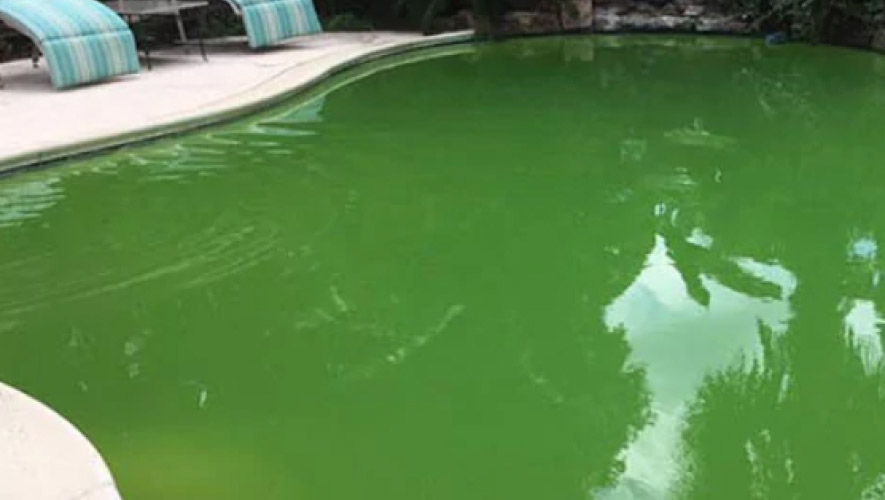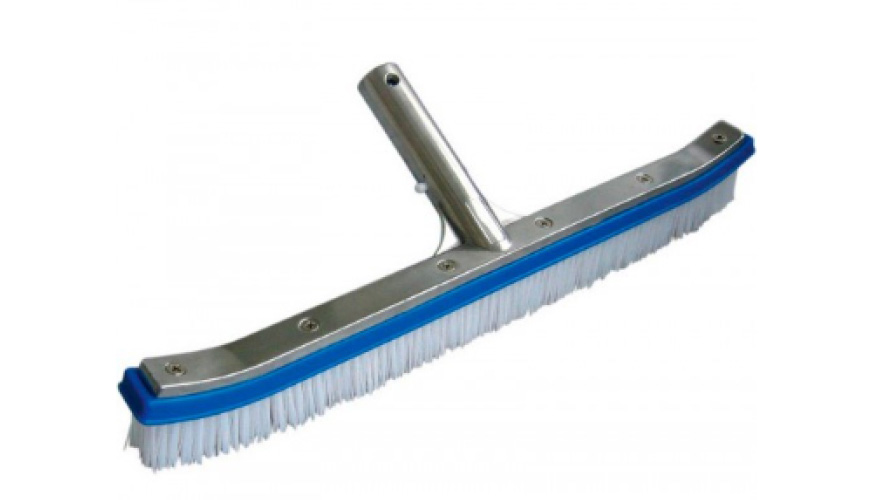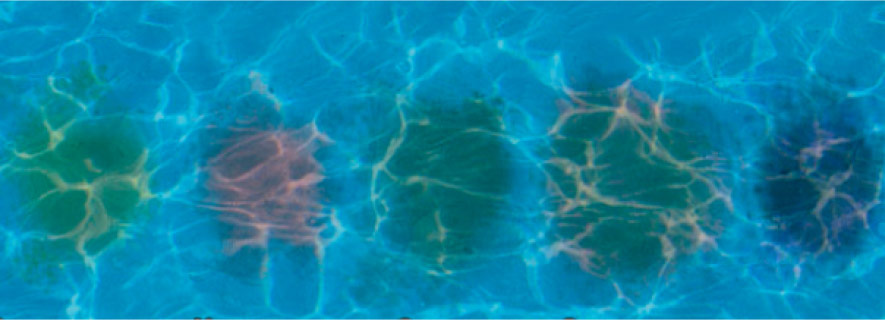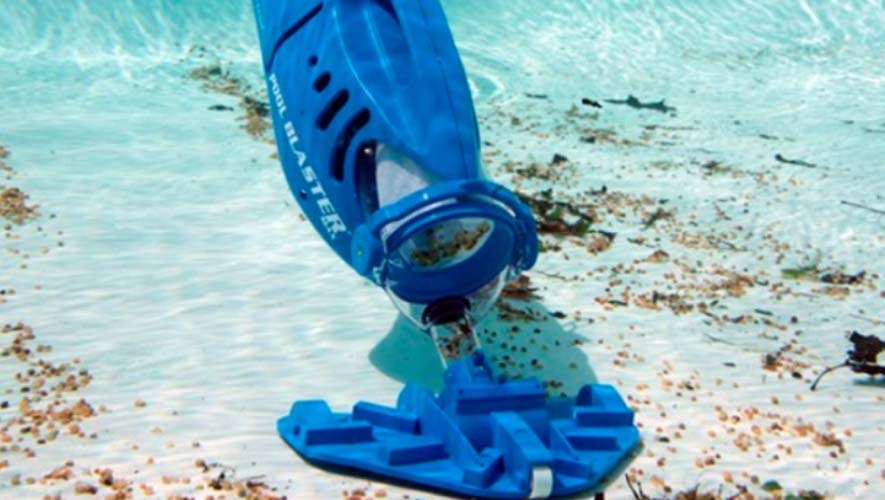Stains on pool liners don’t just spoil their appearance; they also signal an underlying issue. These stains can appear in a wide variety of colors, such as black, green, yellow, red, or even blue and purple. Why such a range of colors, you may ask? The reason is that stains can have different causes or sources of origin. These causes generally fall into three main groups, covering nearly all cases of stains:
- Organic. Getting into the water “garbage” of organic origin: leaves, grass, berries, insects, etc.
- Chemical. When pool maintenance chemicals are used improperly
- Mineral. Excess salts of various minerals in the water

Each source of origin gives stains their distinct color, making it easier to identify the cause. Once the cause is clear, you can determine the best way to address and remove the stain.
What the Color of a Stain on the Pool Liner Indicates
Sometimes the cause of the stain “lies on the surface”. For example, leaves that have begun to rot in the water. Or an insect that fell into the water and drowned. As a rule, their contact with the liner causes the process of stain development. According to the above classification, this is an organic stain.
The first step is to remove the debris. And then, armed with a soft brush (never use brushes with a metal pile) and vinyl liner cleaner to treat the dirty surface of the pool. As a rule, this is enough. The main thing is not to start and take action immediately after the stain is detected.

It is much more difficult in cases where the source of the stain is not clearly visible. In such a situation, we focus on the color of the stain. It can indicate the cause of origin. So we have this color:
- Blue-green. It is characterized by excessive copper in the water. It can be caused by copper heater pipes or errors in pool maintenance.
- Red-brown. Probably everyone knows what rust looks like. This color indicates excessive iron in the water. It can be caused by metal ladders, corroded pipes that carry water to the pool. Or natural excessive iron in the water from the well if the pool water is drawn from the well. To rule out this cause, it will be necessary to analyze the water from the well.
- Brown and green. If the brown color of the stain is caused by leaves and insects that got into the water, then the green color indicates green algae. These can get into the water if the same bathing suits are used for swimming in a pool and open natural bodies of water.
- Black. The appearance of such stains is caused by an excess of manganese ions in the water. But also black algae can not be excluded. They have the appearance of small black dots of the right shape. The cause of algae is usually the use of the same air mattresses, toys and swimsuits, both in natural bodies of water and in swimming pools.

Chemical stains
Such stains occur when there is an imbalance in the water balance. It means excessive chlorine or low pH. It is therefore necessary to regularly check the balance and adjust it. If granular chemicals are used, they must be dissolved in water beforehand and therefore added to the pool.
Waterline stains
Such stains cannot be called unambiguously organic, chemical or mineral. They are the result of a mixture of sunscreen, skin care lotions, dust, dirt, plant pollen on the surface of the water.
Despite this complex composition, removing them is quite simple. You will need to lower the water level slightly and then use a soft brush and a special vinyl liner cleaner to treat the contaminated surface.
Ways to Remove Stains on the Pool Membrane
Stains of organic origin react to chlorine. Therefore, shocking the pool is sometimes sufficient to remove them. To make sure that the stain is organic, you can use a chlorine tablet. To do this, place the tablet on the stain and observe the reaction. If the stain has lightened within a minute at the point of contact with the tablet, it is organic and chlorine should be used to remove it.
Stains of mineral origin are removed with acids. However, only cleaning agents for vinyl liners should be used. To avoid further occurrence of mineral stains, it is recommended to use a binding agent. It holds mineral salts in an isolated solution. This agent is placed in the skimmer basket at intervals specified in the instructions.
General Recommendations for Removing Stains on Vinyl Liners
It is possible to highlight several steps that should be followed as a rule when maintaining swimming pools. These steps will help eliminate stains and prevent their appearance:
- Regular cleaning with a soft brush and vacuum cleaner. This includes cleaning or replacing filters.

- Balancing the water chemistry. Maintaining proper pH and hardness levels is the foundation of pool “health”.
- Shock cleaning the pool. Both chlorine and non-chlorine products will do. The main thing is not to just pour it into the pool, but to dilute it in a bucket of water beforehand.
Another way to prevent pool stains is to use a reinforced Cefil 60 mil pool liner. Its front side is coated with a special acrylic varnish with antibacterial additives. These significantly reduce the risk of organic stains. This varnish also provides protection against UV rays, preventing fading.
We’ll help you get rid of stains in your pool
If you are having difficulty determining the nature of stains in your swimming pool and how to deal with them, SAKKO POOL specialists will come to your aid. You can always count on qualified support in all matters, whether it is pool inspection or other service.
